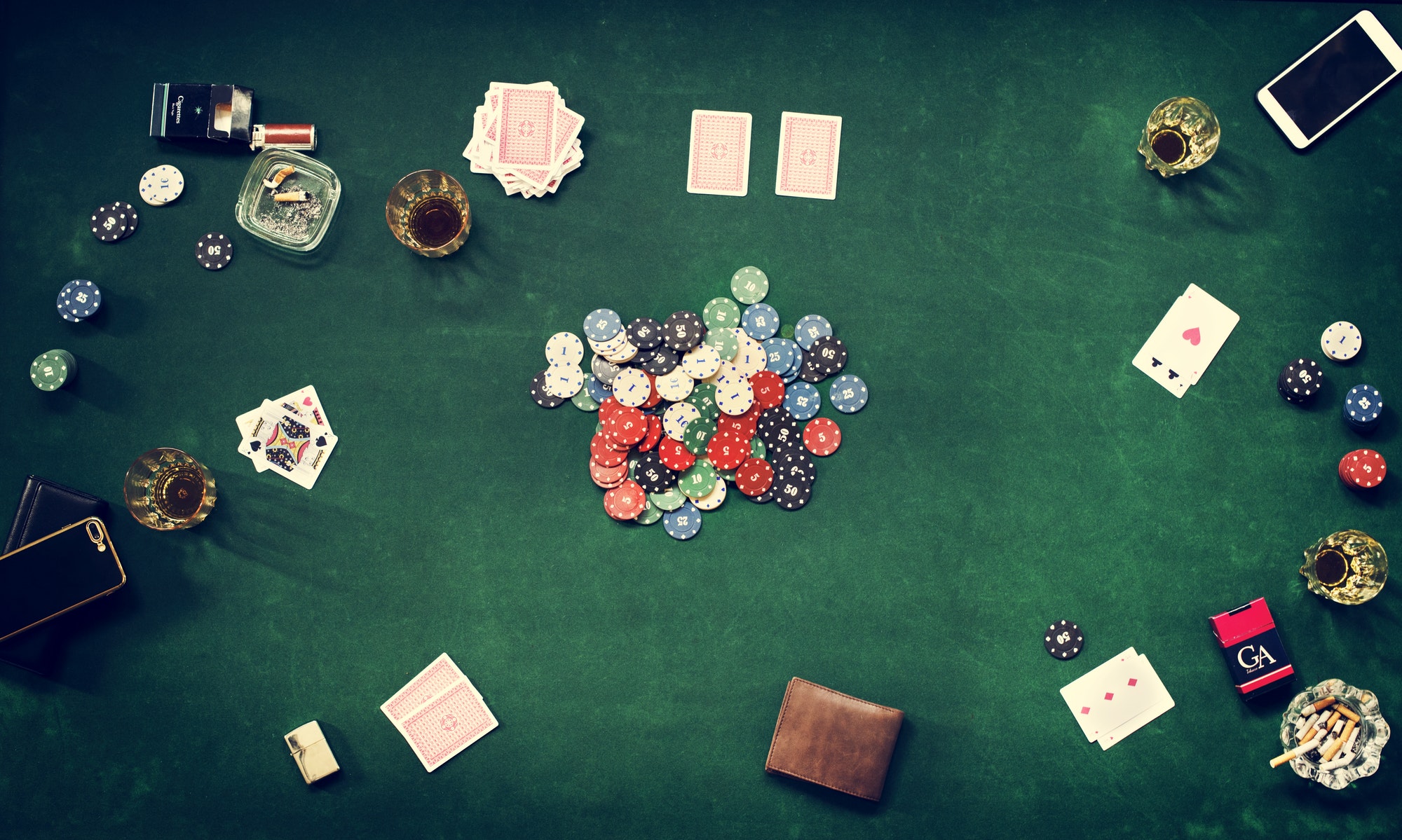Ever wonder how casinos make their casino floors so alluring to players? Let’s dig a little deeper and take a look at the psychology behind the design of some of the world’s most popular casinos to uncover the design secrets that make players spend more time and money in the casino.
It’s evident to see as soon as you step into a decadent king casino that they have been designed with the intent to be extremely appealing and to be a complete playground for players to enjoy. The obvious things like free drinks and tempting competitions and incentives might be the obvious signs but what keeps players playing for longer is ingrained in the very design of the casino.
Casinos are very cleverly and carefully crafted and they have changed a lot over time, trying different layouts to see which attracts players the most and keeps players interested. Some people’s memory of casinos might be rows upon rows of slot machines at the entrance of the casino forming a maze-like entrance to the casino.
Bill Friedman is known for being the genius behind classic casino design, using his experience as a gambling addict to change how casinos were designed. Friedman wanted to work out the best way to ensure players kept playing in the casino for the longest time possible. Taking to education to complement his personal casino experiences, Friedman took a class on casino management in Las Vegas and worked as a casino consultant, examining over 80 casinos in and around Las Vegas in a bid to give casino complexes a modern make-over. Friedman was very curious about the phycology of what made players come back and gamble, even after they suffer huge losses.
After 20 years’ experience and research he eventually wrote a book on his finding about the design and layout of casinos and what attracts players to keep coming in the doors, and many of these design principles have also been used in retail stores too. The book was named “Designing Casinos to Dominate the Competition” and proved to be an extremely popular book in the 1990s and outlined 13 key design principles including creating an environment where players can easily lose track of time, create a layout that players find it hard to leave, create intimate spaces so players feel safe and secure so stay and gamble more as well as directing players to slot machines which made more money for the casinos.
However, not all of the principles stuck as many casinos have stepped away from this intimidating design and lux casino complexes now make the entrance to casinos as luxurious as possible more akin to a 5* hotel lobby so players want to walk in and feel like a VIP as soon as they step foot in the casino. This has a brilliant effect on the mind-set of players and the rich and decadent surroundings encourage players to put their hands in their pockets and spend their money on the games and slot machines.
